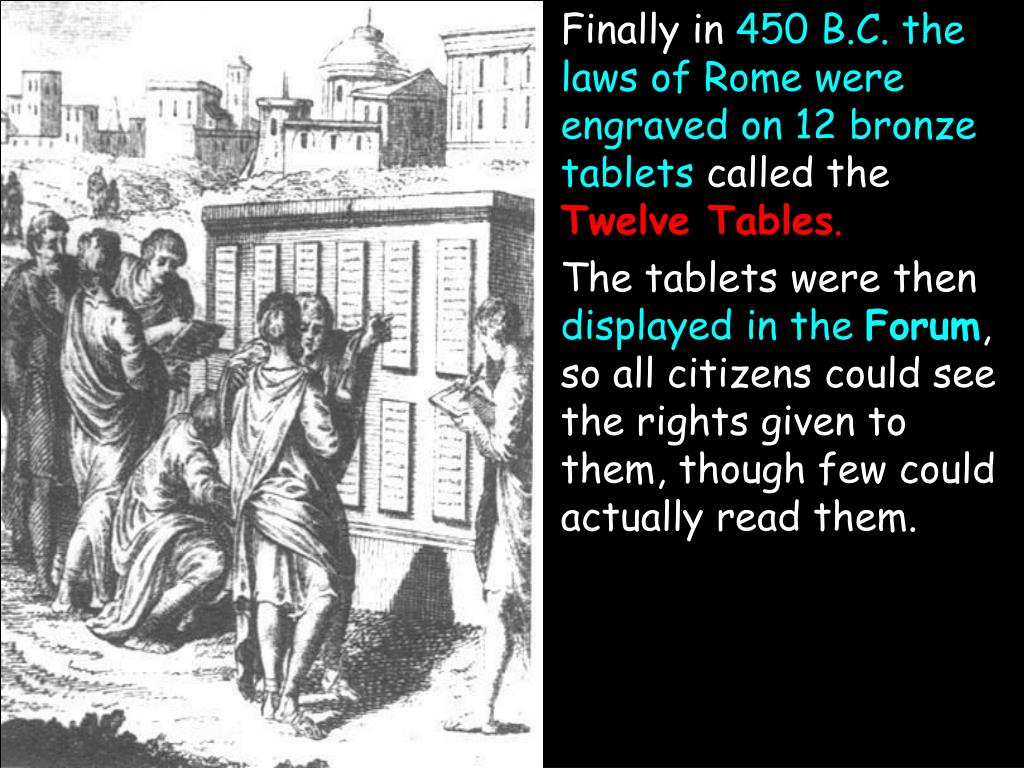How Do The 12 Tables Compared To Modern Laws

In the annals of legal history, the Twelve Tables stand as a pivotal moment, representing one of the earliest attempts to codify law and make it accessible to the public. Enshrined in Roman society around 450 BC, these laws, etched on bronze tablets, governed nearly every aspect of life. But how do these ancient legal principles, forged in a vastly different world, compare to the complex legal systems that shape our modern societies?
This article delves into a detailed comparison of the Twelve Tables and modern laws, examining their similarities and differences across various domains. We'll explore areas such as criminal law, property rights, family law, and procedural law, contrasting the rudimentary yet foundational principles of the Roman code with the sophisticated, nuanced legislation of today. By understanding the historical context and societal needs that shaped both legal frameworks, we can gain a deeper appreciation for the evolution of law and its enduring impact on human civilization.
Criminal Law: From Retribution to Rehabilitation
The Twelve Tables largely operated on the principle of retribution. Penalties often involved direct, proportional responses to the crime committed.
For example, if someone broke a bone, the injured party was entitled to the same injury in return, unless a financial settlement was agreed upon. This reflects a system rooted in eye-for-an-eye justice, a far cry from modern emphasis on rehabilitation and societal safety.
Modern criminal law, on the other hand, emphasizes due process, rehabilitation, and the protection of society. Penalties are determined by a complex set of factors, including the severity of the crime, the defendant's prior record, and mitigating circumstances.
The Role of Intent
A critical difference lies in the consideration of mens rea, or criminal intent. Modern law places considerable weight on whether the defendant acted intentionally, recklessly, or negligently.
The Twelve Tables, while not entirely devoid of such considerations, were far less nuanced in their treatment of intent, often focusing on the act itself rather than the actor's mental state.
The distinction is significant; a modern court would treat an accidental injury very differently from an intentional assault, a distinction less clear in the Twelve Tables.
Property Rights: Ownership and Disputes
The Twelve Tables laid out basic principles for property ownership and transfer. Land ownership was considered paramount, and the code included provisions for settling boundary disputes and regulating land use.
Acquiring property could be achieved through occupation or long-term possession. Specific procedures were outlined for transferring ownership, intended to ensure clarity and prevent disputes.
Modern property law is significantly more complex, involving a vast array of regulations regarding zoning, environmental protection, and intellectual property. Furthermore, concepts such as trusts and mortgages, virtually unknown in the Roman era, add layers of sophistication to property ownership.
Eminent Domain: A Modern Evolution?
While the Twelve Tables didn't explicitly address eminent domain (the right of the government to take private property for public use), the concept has historical roots in the idea of civic duty and the state's authority. Today, eminent domain is a well-defined legal principle in many countries, subject to constitutional limitations and requirements for just compensation.
This contrasts with the more informal mechanisms for land redistribution or public works projects that might have existed in early Rome, highlighting the evolution of state power and individual rights.
Family Law: Patriarchy and Inheritance
Family law in the Twelve Tables was deeply patriarchal. The paterfamilias, the male head of household, held significant power over his family, including his wife, children, and slaves.
He had the authority to make decisions regarding their lives, property, and even their fate. Divorce was possible, though primarily initiated by the husband.
Modern family law emphasizes gender equality, individual rights, and the protection of children. Laws now regulate marriage, divorce, child custody, and inheritance in ways that aim to balance the interests of all family members. Inheritance laws have evolved to provide for more equitable distribution among heirs, challenging the primogeniture tendencies present in the Roman system.
Children's Rights: A Modern Concept
The concept of children's rights, as understood today, was virtually absent in the Twelve Tables. Children were largely considered the property of their father, with limited legal protections against abuse or neglect.
Modern child welfare laws, international treaties, and legal precedents recognize children as individuals with inherent rights, including the right to protection, education, and healthcare.
Procedural Law: Justice and Evidence
The Twelve Tables established basic procedures for legal disputes. It outlined processes for summoning defendants to court and presenting evidence.
However, the system lacked the sophisticated rules of evidence and legal representation that characterize modern courts. Self-representation was the norm, and the burden of proof often rested on the individual.
Modern procedural law is designed to ensure fairness, transparency, and accuracy in the legal process. Rules of evidence govern the admissibility of testimony and physical evidence. Legal representation, through lawyers and public defenders, is considered a fundamental right in many jurisdictions.
The Right to Counsel: A Modern Safeguard
The absence of a right to counsel in the Twelve Tables highlights a significant difference from modern legal systems. Today, the right to legal representation is considered essential to ensuring a fair trial, particularly for those accused of crimes. This safeguard reflects a deeper commitment to protecting individual rights and preventing wrongful convictions.
Conclusion: A Legacy of Legal Evolution
The Twelve Tables, while rudimentary by modern standards, represent a crucial step in the development of codified law. They laid the groundwork for more complex legal systems, influencing the development of Roman law and, ultimately, Western legal traditions.
Comparing the Twelve Tables to modern laws reveals the remarkable evolution of legal thinking. From a system focused on retribution and patriarchal authority to one emphasizing rehabilitation, individual rights, and social justice, the law has adapted to changing societal values and needs.
As we move forward, examining historical legal frameworks like the Twelve Tables provides invaluable insights into the enduring challenges of creating just and equitable societies and the ongoing process of refining our legal systems to meet the demands of a complex world.
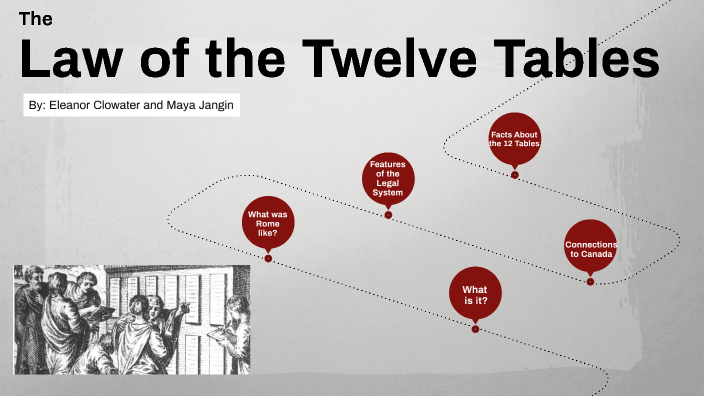
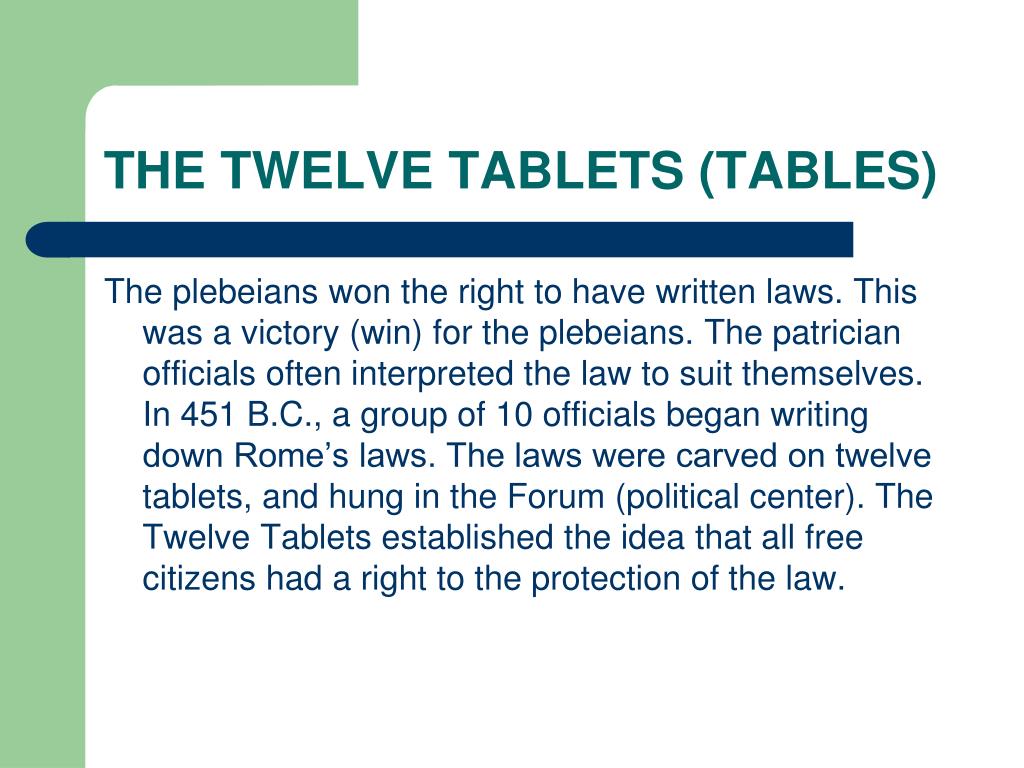
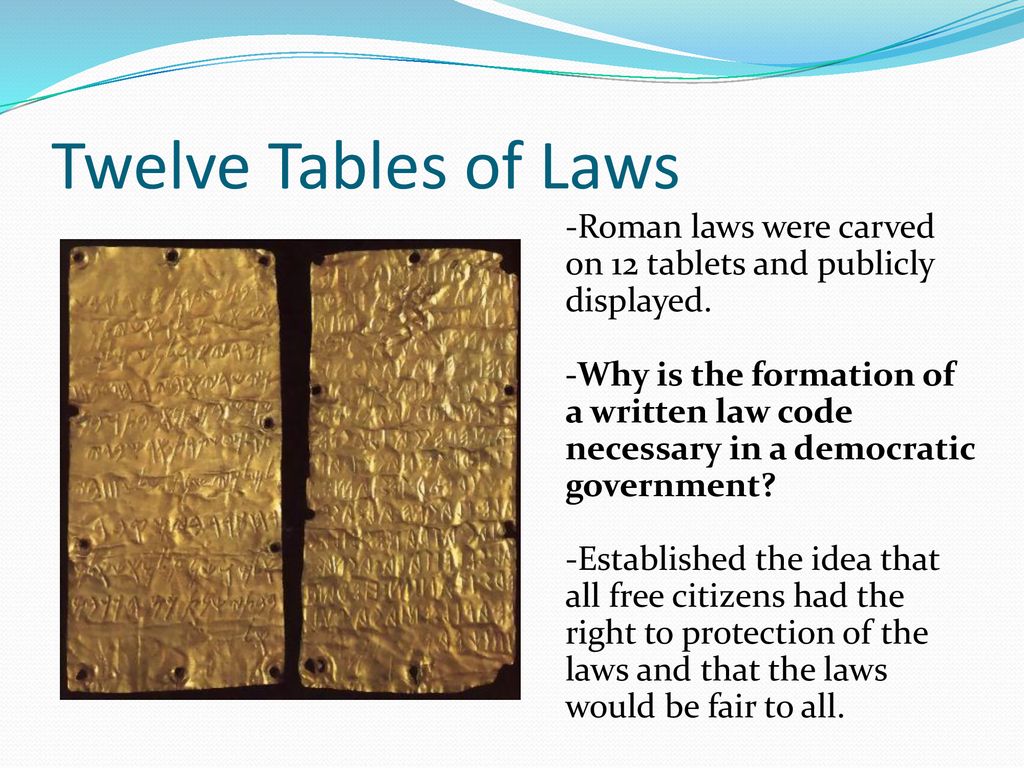
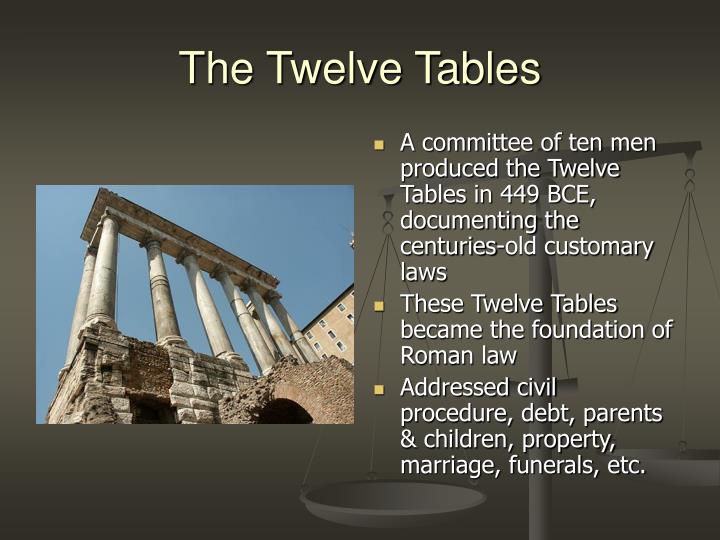


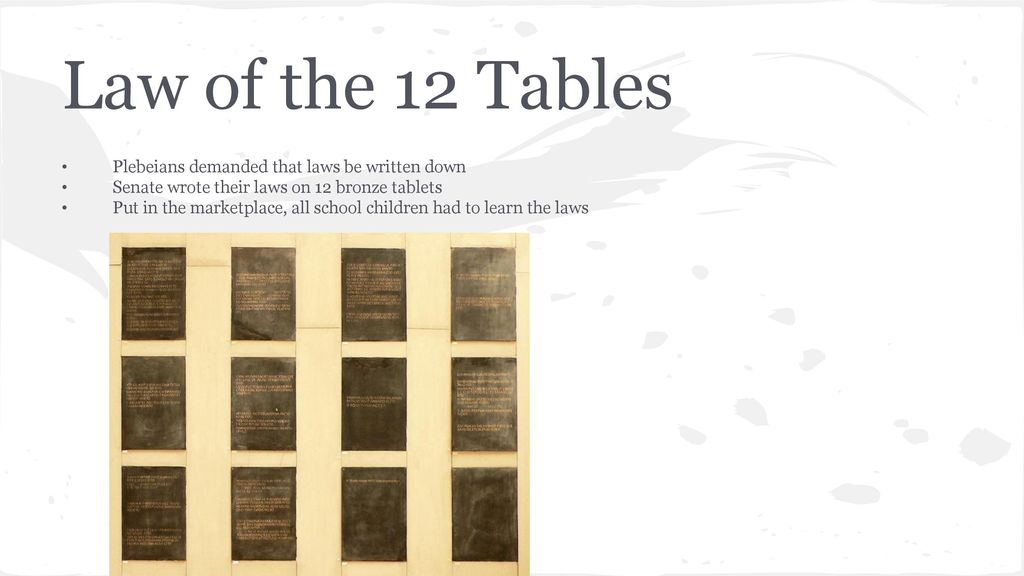



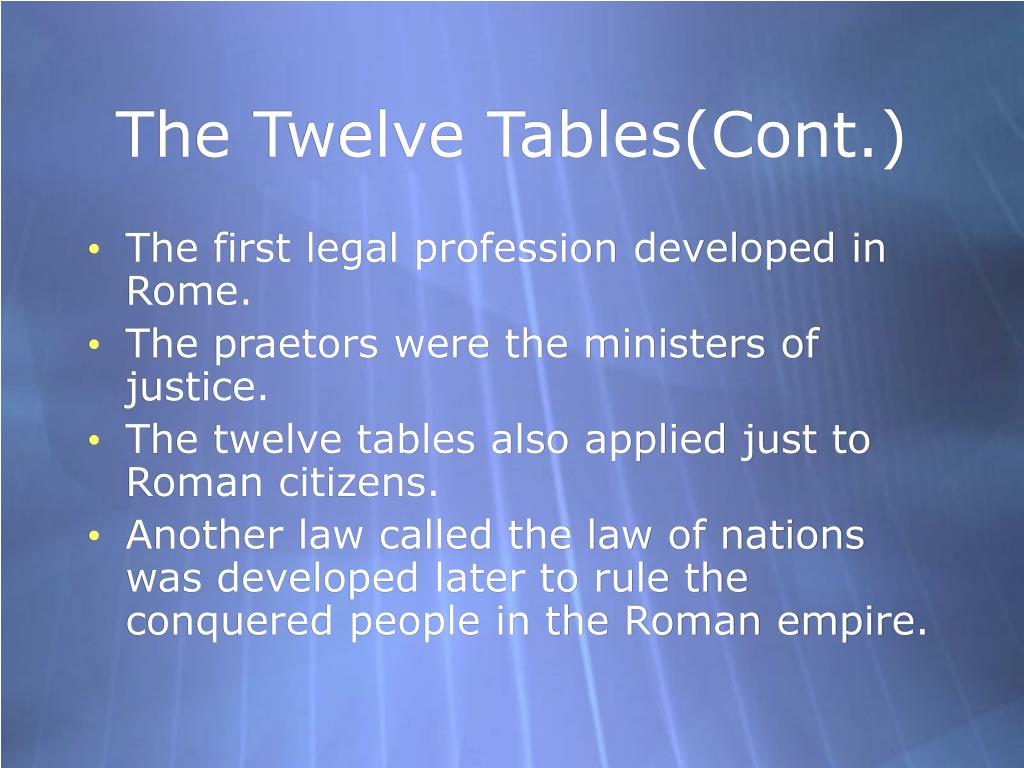

.jpg)
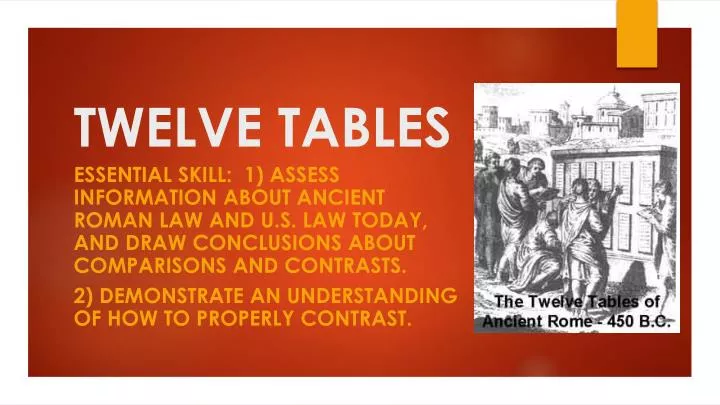

.jpg)
